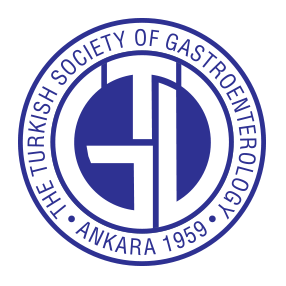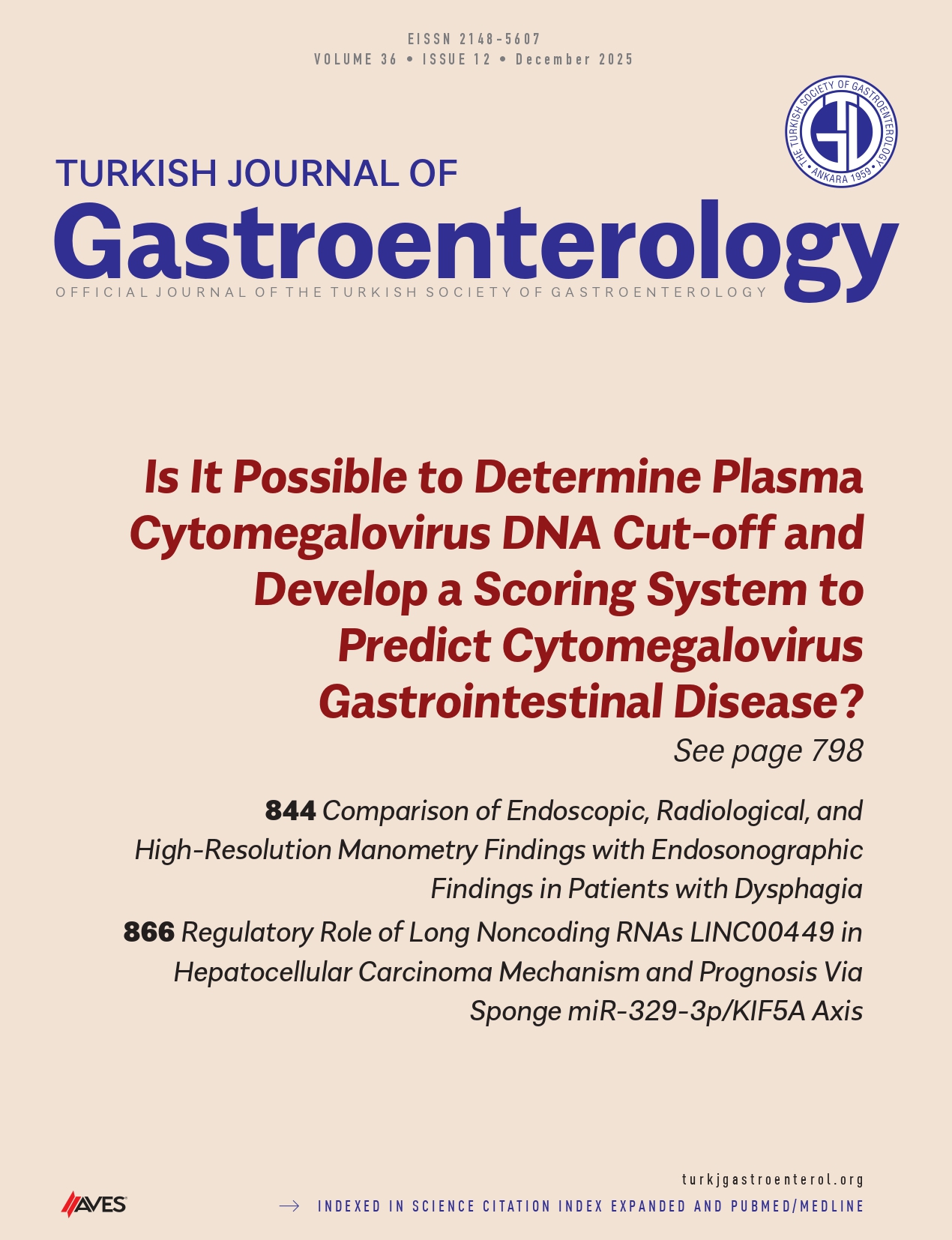Background/Aims: This study aimed to assess the efficacy and safety of endoscopic full-thickness resection (EFR) in comparison to cap-aspiration lumpectomy (CASL) for treating small gastrointestinal (GI) stromal tumors (GISTs).
Materials and Methods: A retrospective analysis was carried out on the data from elderly patients (66 cases) with small gastric GISTs who were treated with EFR (41 cases) or CASL (25 cases). The study compared the clinical features, surgical conditions, intraoperative and postoperative complications, postoperative efficacy, economic benefits, and follow-up of small gastric GISTs in the EFR and CASL groups.
Results: The mean operative time for the EFR group was longer than that for the CASL group [45.0 (32.5, 66.5) minutes versus 30.0 (20.0, 42.5) minutes]; the resection time in the EFR group was higher than that in the CASL group [30.0 (20.0, 50.5) versus 9.0 (6.5, 16.5) minutes]; the rate of utilization of hot hemostatic forceps in the EFR cohort was higher than that observed in the CASL cohort [75.6% (31/41) versus 12.0% (3/25)]; the postoperative course of antibiotics was longer in the EFR group than in the CASL group [(2.8 ± 2.0) d versus (1.0 ± 2.0) d]; and the hospitalization cost of the EFR group was extremely higher than that of the CASL group [(¥13 595.0 ± 2653.3) versus (¥11 209.0 ± 2458.9)].
Conclusion: EFR and CASL are safe and effective in the treatment of small gastric GISTs, and CASL is more suitable for the treatment of small gastric GISTs located in the gastric fundus and body in elderly patients.
Cite this article as: Ye L, Huang B, Yi X, Cai H. Comparison between efficacy of EFR and CASL in the treatment of small gastric stromal tumors: A retrospective study. Turk J Gastroenterol. Published online July 16, 2025. doi 10.5152/tjg.2025.24461.




.png)
.png)